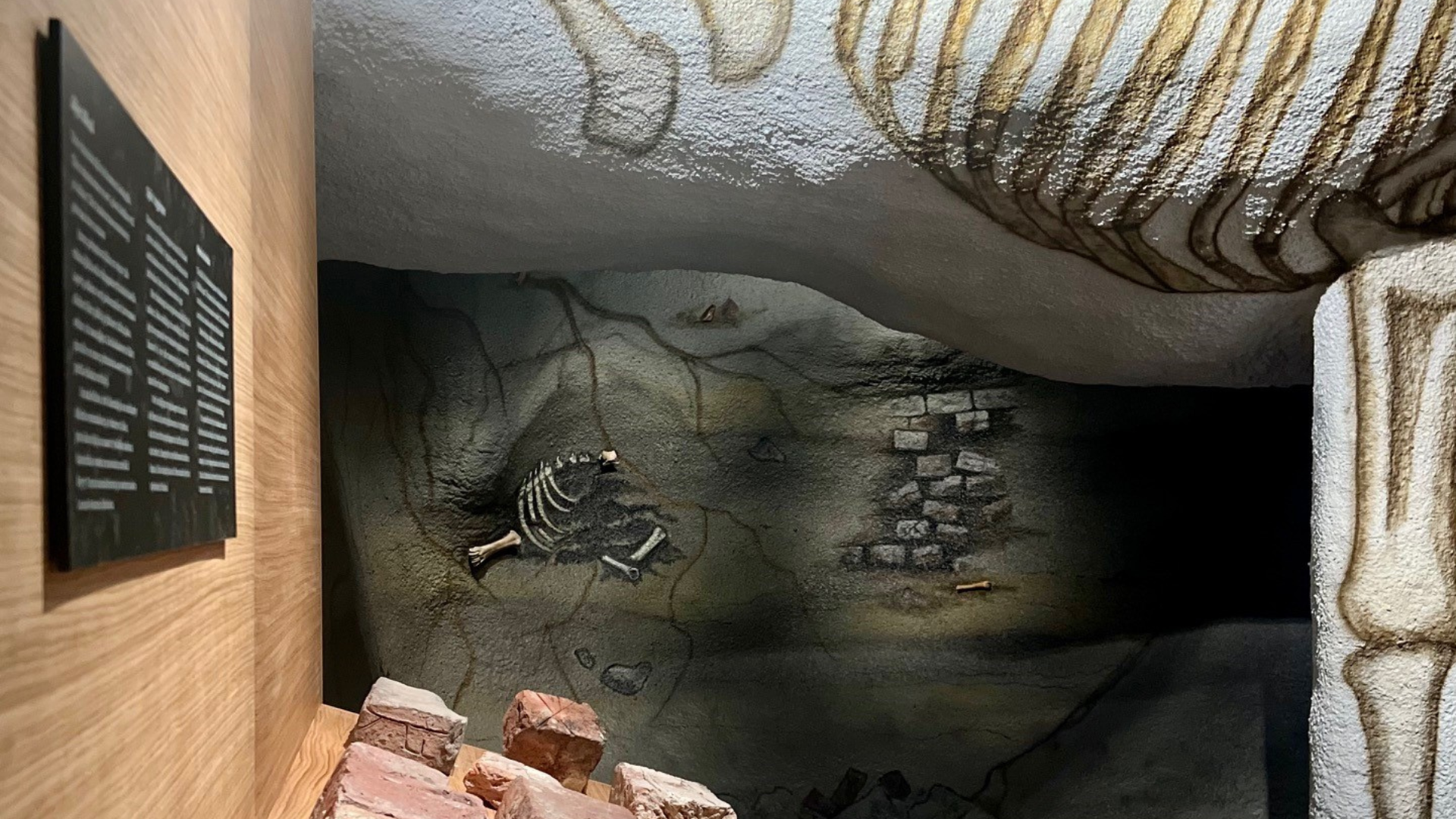In the excavations carried out over the years on the site of Aboa Vetus Ars Nova, more than a tonne of animal bones have been discovered. The new Bony Tales exhibition is accompanied by Botanical Garden, where visitors can take part in a quiz, and soon after, they can look into the historical trends in water’s influence on health, and to study plant seeds found in archaeological excavations.
Bony Tales renews itself
Throughout its history, Aboa Vetus Ars Nova has presented three exhibitions focused on bones. Whenever new archaeological findings have been showcased, bones and complete animal skeletons have often been visitors’ favourites. And so, Bony Tales will features full skeletons, skulls and individual bones.
You can learn something new about osteology in the new Bony Tales exhibition. Osteology refers to a study of bones, and it plays a crucial role in supporting archaeological research. In addition to identifying different animal species, bones can be used to determine the age and sex of the animal. The new Bony Tales exhibition will enable visitors to delve deeper into osteological analysis.
In The Bony Tales exhibition visitors will be thrilled to see the triumphant return of their favourite skeletons, including the cats Hiski and Luukkonen and the small dog Jesse with a notably large head.
The exhibition encourages visitors to learn and experiment
Bones provide tangible evidence of the animals that existed long ago. The discovery of a cat in the basement of a medieval stone house or a pig’s skeleton revealed at the base of a well during archaeological excavations encourage visitors to envision the animal’s story. Research findings provide insights into the animal’s sex, size, health and age at the time of death. Dents and scratches on bones often shed light on the behaviour of other animals, human activities, and the coexistence of animals and people.
At the bone researcher’s table you can study authentic, old animal bones. There is so much we can learn by studying bones! You can pick an interesting bone from the desk, touch it and take a closer look at it. Finally, when you place the bone into the identifier, an archaeologist will appear on the screen to offer details about the bone in question.



